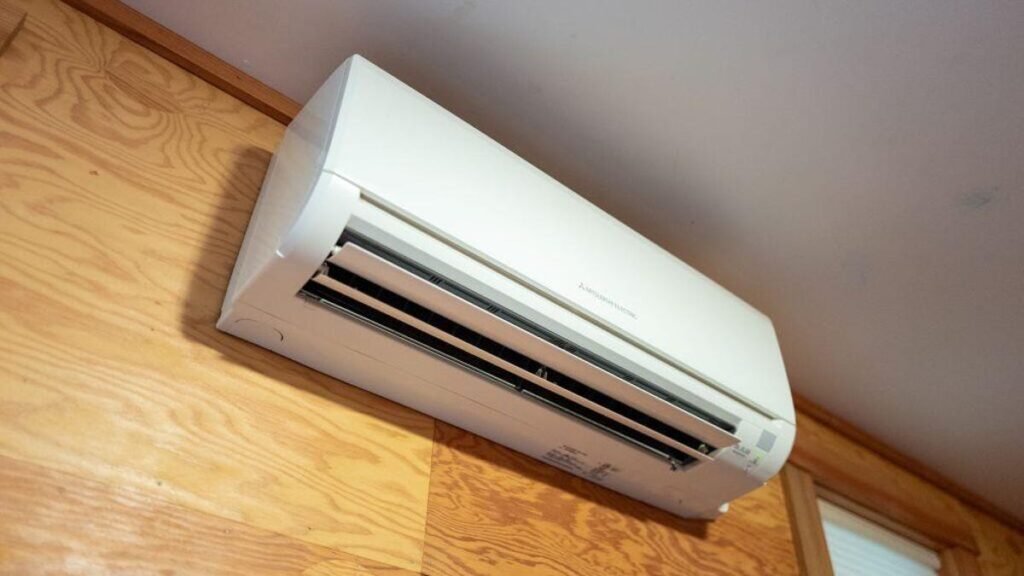Most people looking to renovate have their sights set on glamorous projects like kitchen or bathroom remodeling.
Another great investment you can make in a nearly invisible part of your home is your heating and cooling system. While it may not be suitable for Instagram-worthy before-and-after photos, the money spent on a new heat pump can make your home a lot more comfortable.
Now is a great time to add or upgrade a heat pump to your home, as there are plenty of federal and local funds available to help you afford it.
“There are a lot of opportunities to pass the savings on to yourself,” said Katie Davis, vice president of residential HVAC engineering and technology at Trane Technologies.
So, how much can you get for the price of a heat pump system? Here is a guide to the financial incentives currently available.
How much does a heat pump cost?
As with any major home improvement, there are a range of costs. A low-end heat pump system, including parts and installation, can cost $6,000 to $10,000, Davis said. Top-of-the-line systems range in price from $18,000 to $20,000.
Aside from the specifics of your home, the biggest variable is the type of equipment you choose. High-efficiency systems (which save more on energy bills) have higher upfront costs than less-efficient systems.
“There’s a wide range, depending on what you’re looking for,” Davis said.
Federal tax credits and incentives for heat pumps
Currently, the largest funding for air source heat pumps at the federal level is the Energy Efficient Home Improvement Credit. As part of the Inflation Reduction Act, this program allows you to claim 30% of the cost (up to $2,000) of a heat pump that meets certain efficiency standards.
The discount is a tax credit, which means you have to pay for the system up front and then file a form that reduces your tax burden that year. You can apply the credit to the total project cost (including labor).
The Residential Clean Energy Credit is a separate program and part of an IRA. This tax credit only applies to geothermal heat pumps (not air source heat pumps) and can rebate up to 30% of the project cost, with no upper limit.
The final part of the IRA for heat pumps is still being rolled out. Federal law allocates $8.8 billion to states for home energy rebates, which means states can offer additional rebates on heat pumps. Each state is developing its own guidelines, so pay close attention to the latest developments in your state.
“It’s so new, they’re not all available yet,” Davis said.
New York recently became the first state to launch a home energy rebate, called the EmPower+ program. The rebate can be up to $8,000, depending on your household income.
How to find state, local and utility company incentives for heat pumps
Long before the IRA, many states had their own programs to fund home energy improvements. They may be tax credits or direct rebates on the heat pump’s sticker price.
To find out what services are available in your state, check with your utility company or state government’s website. A quick search for programs in your state may reveal more discounts available for heat pumps.
“You can install a very good system at a lower cost because of the availability of capital,” Davis said. She noted that Trane’s website also has a tool where you can enter your zip code to see the local, state and federal incentives available for any given heat pump.
Is a heat pump worth buying?
It all depends on your personal circumstances.
“A lot of people don’t think about their HVAC,” Davis said. But if you have an older heating system, now is a good time to start thinking about a new heat pump.
The technology itself has come a long way in the past decade, which means new units will be very efficient and save you a lot of money. “You’re going to see a difference in your bill, and I think that’s a concern for a lot of homeowners,” Davis said.
Additionally, a new heat pump can significantly improve the comfort of your home: don’t forget that heat pumps can also be used as heating and air conditioning units.

